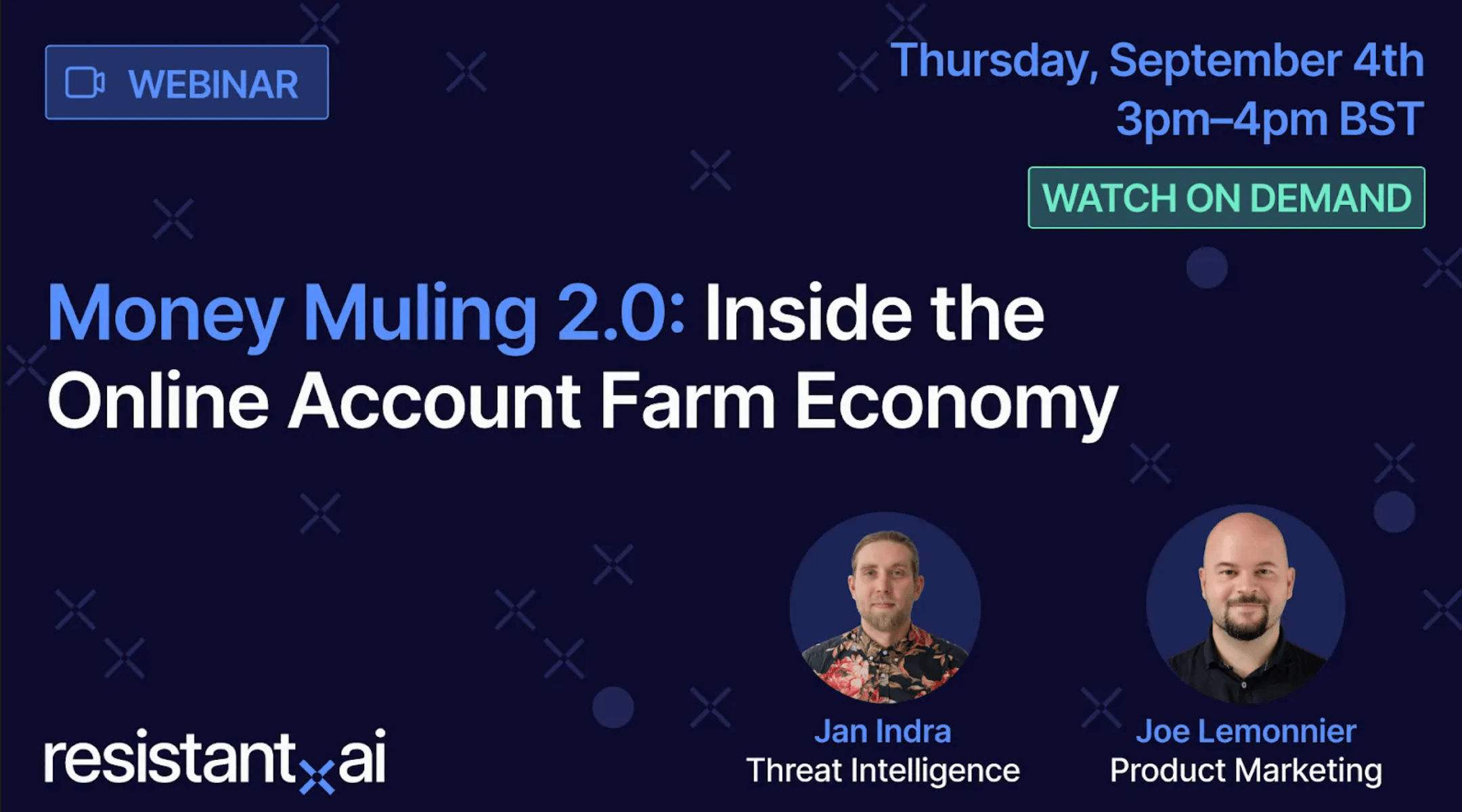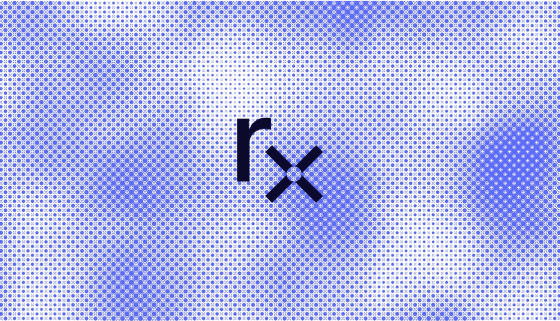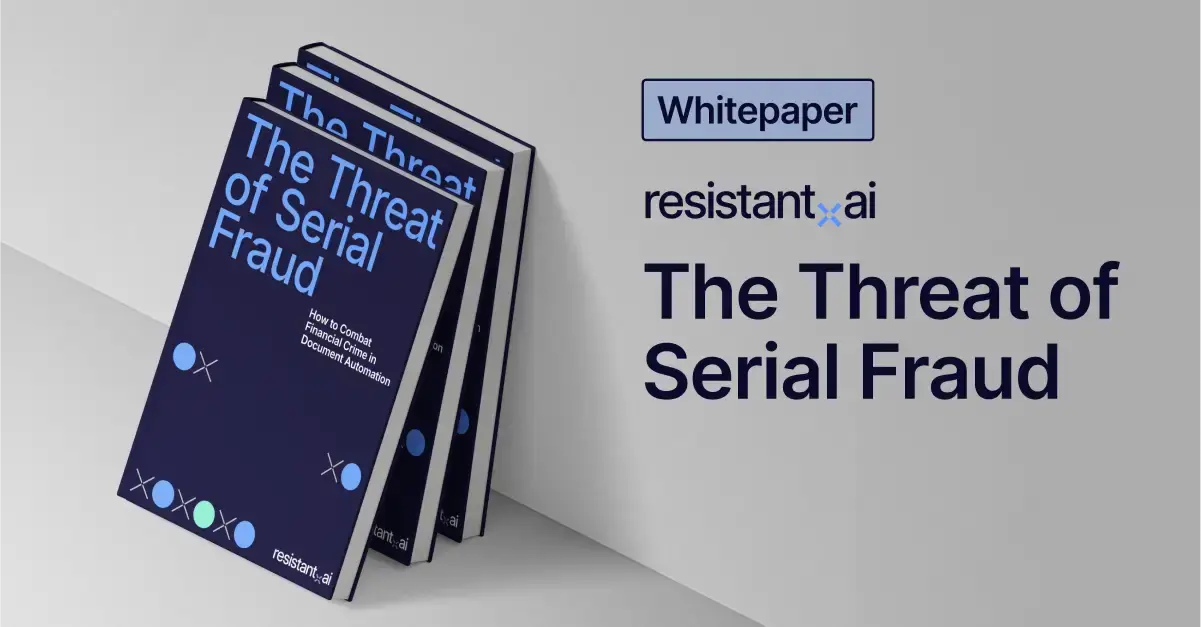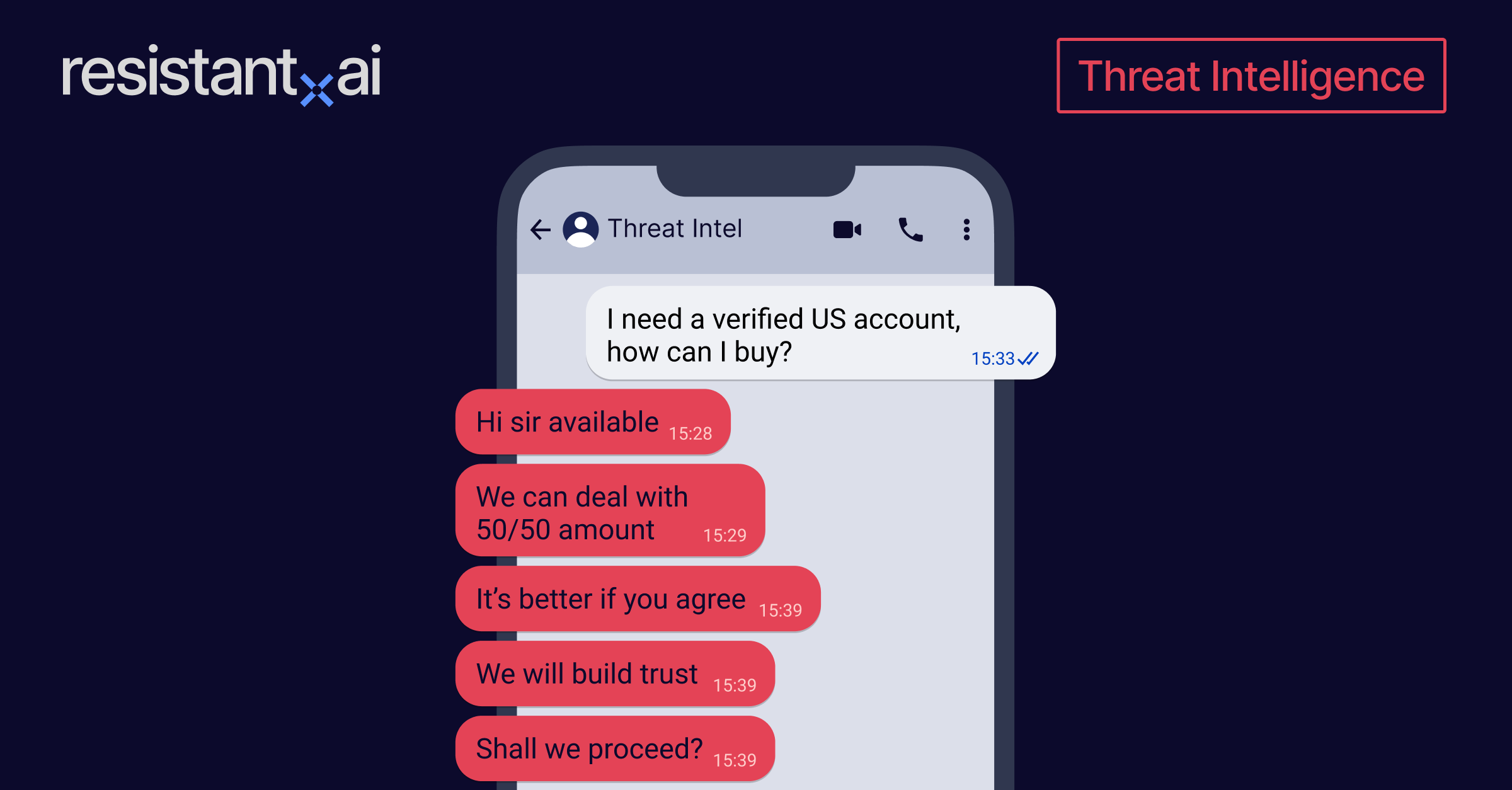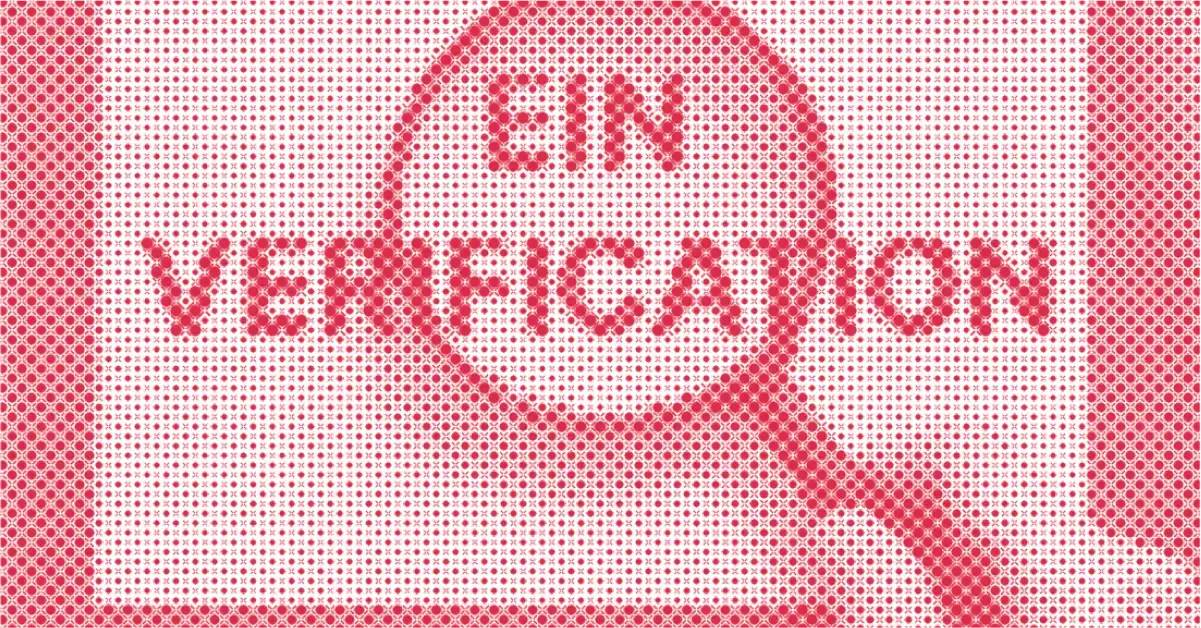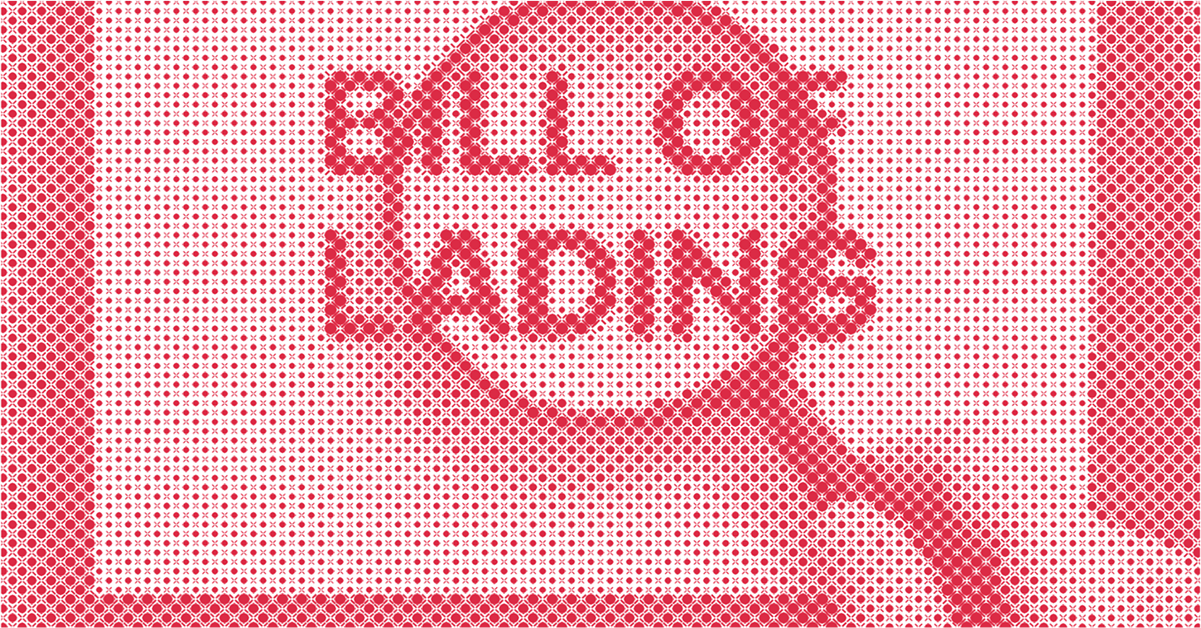What is AI document verification?



What is AI document verification?
Does your company’s document verification system need an AI upgrade?
In today’s fraud landscape, it’s not just people faking documents — it’s machines. From forged payslips to synthetic IDs, attackers are using automation and generative AI to scale fraud faster than most defenses can react.
That’s where AI document verification steps in. Machine learning can analyze, detect, and prevent fraudulent documents at a scale and precision unimaginable to humans or legacy rules-based automation systems.
The financial ecosystem has been digitizing for 20 years now — but so have fraudsters creating fake documentation. Traditional document automation software and their human counterparts can’t shoulder the workload on their own. AI helps institutions spot what's fake, stay ahead of emerging threats, and can link seemingly unrelated files to expose document mills operating at scale.
It effectively combats even the most sophisticated and massive document assaults.
In this blog, we’ll break down why AI is essential for document verification in 2025, how to do it the right way, and how to use it for your businesses.
AI document verification definition
AI document verification is the use of artificial intelligence to analyze, validate, and automate the processing of digital documents for signs of forgery, tampering, or AI generation.
Depending on the solution, it may apply techniques like machine learning, computer vision, or structural analysis to evaluate a document’s authenticity. Some tools extract and analyze content, while others (like Resistant AI) focus on how the document was built, independent of its visible data or document type.
This latter approach helps detect document fraud without reading or storing sensitive information or needing knowledge of the documents beforehand, making it suitable for high-risk, volatile environments where privacy is key.
In the interest of avoiding confusion between manual, automated (rules-based), and AI-powered document verification, here’s some definitions to keep in mind:
- Manual review. Humans review documents one by one, with limited structural document analysis and inconsistent outputs, but high sensibility to fraud variability.
- Rule-based automation. Pre-defined if/then checks at machine speed, but still static.
- AI document forensics. Adaptive models that learn, inspect file structure, and surface a document's risk profile.
Whats the difference between AI document verification and automation?
The core difference is simple: Automation follows human-written rules. AI learns what's normal to spot the abnormal.
Consider a KYC proof of address process:
1. Manual verification
The customer submits a utility bill. A fraud, risk, or underwriting team visually inspects the document: checking layout consistency, reading line items, confirming totals, and comparing details against other submissions.
They may zoom into suspicious areas, review metadata if available, or request additional documents to validate authenticity. They may try to get in touch with the document's issuer to validate it is authentic and matches what they have in file.
Every check is guided by human judgment, established business rules, and experience with common fraud patterns.
2. (Rules-based) automation
Traditional automation, while better than manual, still relies on this internal knowledge, flagging based on pre‑defined red lines. For example:
- IF the "Issue Date" on the utility bill is MORE THAN 90 days before "Today's Date", THEN FLAG the document as "Rejected - Outdated".
It’s only as good as the knowledge you already have available (i.e., how long before a utility bill is outdated) and requires manual updates and rule writing to get better.
Automation also struggles with nuance. For example, the presence of editing software in the metadata of a document may on the face of it seem like a fraudulent signal. But many document issuers might have a document template designed by their HQ, which then gets updated — edited — by a different piece of software. Flagging this document would be a false positive. Now multiply this scenario by every document type out there, and you can see why some automation systems severely limit their intake and also underdeliver on performance.
3. AI document verification
AI, on the other hand, doesn't need pre-defined rules. It learns what is normal and what isn't on its own.
All it needs is a dataset with clearly labeled fraudulent and legitimate examples to get started, and then clear feedback loops from its ongoing analysis.
For example, it doesn't need a human to write a rule that the presence of editing software in the metadata of a document is bad.
It will learn that for some particular documents, the presence of specific editing software is actually expected, highly suspicious if missing, and definitely a fraud signal when found in the presence of others, or on other documents.
The same will apply to classification: it won't need a human to write a rule to check the alignment of a utility company's logo. It has already learned the pixel-perfect location of that logo from thousands of genuine examples. If a new template appears for that particular utility company, it will learn from the new design automatically.
So, when a forgery is submitted where the logo is off by even a few pixels (a clear sign of a sloppy copy-paste job), the AI flags it instantly as a suspicious outlier.
That's why it's more adaptable to evolving techniques.You don't need to know about techniques to spot fraud, instead you're just looking for outliers from the norm. Whereas a rules-based system is always playing catch-up.
How does AI change document verification?
When AI is introduced, the process shifts from visual inspection to computational analysis. Instead of reading the document content, the system evaluates the file’s structure: how it was generated, whether the formatting follows expected norms, and if the digital signature, fonts, or rendering patterns align with known authentic sources. In the case of photos, it assesses image integrity, potential tampering, and weighs it against known submissions for similarities.
In the case of Resistant AI, the system runs a series of nearly 1000+ detectors — flagging anomalies like AI generation artifacts, unusual metadata changes, mismatched templates, repeated use of the same document, similar contexts/backgrounds and visual elements, or suspicious editing software.
These results are scored and packaged into a risk profile, which is then auto-approved for the next step in the workflow, auto-rejected, or escalated to a human reviewer for additional verification depending on the particular risk policies of their organization.
Why is AI essential for document verification?
Manual document review is time-consuming, error-prone, and no match for the scale and speed of today’s financial crime. Rules-based automation also has its limitations. It’s rigid and can only adapt to changes retroactively — after fraud has already caused damage.
AI changes the game by offering accuracy, consistency, and adaptability at machine speed.
AI is essential for document verification for the following reasons:
- Scaling with volume. AI can analyze thousands of documents simultaneously, without fatigue or delay.
- Detecting fraud patterns humans miss. Machine learning models spot subtle anomalies, manipulations, and synthetic forgeries that escape the human eye.
- Adapting in real time. Surpasses legacy automation (regex, template or OCR rules) with continuous learning. AI evolves with new fraud tactics. Unlike static rule-based systems that can only flag what they’re told to look for.
- Reducing false positives. Smarter decisioning minimizes unnecessary escalations, saving analyst time and reducing customer friction.
- Freeing up human expertise. Analysts can focus on complex cases and investigations instead of routine document checks.
Still, the industry has a long way to go. According to a poll in our recent webinar, 54% of fraud professionals still rely on manual document verification — leaving them exposed to errors, inefficiencies, and evolving fraud.
Stay ahead of the curve and experience these benefits by replacing manual inefficiencies with machine learning. The faster you act, the harder you are to defraud (regardless of the type of document fraud you're facing).
AI best practices for document verification
AI document fraud detection software success means understanding how it works, doing your best to ensure great outcomes, and selecting the right solution for your business needs. Before you choose a model or business partner, consider the following:
What are your business needs?
Before diving into implementation, clarify what success looks like for your organization. Are you optimizing for throughput, fraud reduction, cost savings, or regulatory defensibility?
Some systems handle high volumes of PII and require stricter controls and traceability. Your goals and your data exposure will shape your AI requirements.
Define your risk appetite
No two companies are the same. The level of risk you are or aren't willing to accept beyond regulatory requirements should be well defined. If you've never given thought to a risk policy with regards to documents, now's the time to do it — or to find a vendor who can guide you through it.
Is your data ready?
Garbage in, garbage out. Even the most advanced AI fails without high-quality, representative data. But what is “representative” in the sense of document fraud AI modeling? Well, it depends on the solution you choose. Some software require thousands of training documents to capture content patterns and expected values.
Others, like ours at Resistant AI, can work out-of-the-box to assess the fraud risks on any document by focusing on structural analysis, fraud typologies (like modifications you would never expect on any document) and threat intelligence gathered from the open web (like the kinds of fraud templates offered by template farms).
Whatever model you select, you also need to consider when the data is being processed. If a document is compressed, modified, or transformed into another format, a lot of the original forensic evidence could be impacted. This will not likely not be an issue if you rely on a content-based verification process, but if you want deeper structural analysis, it's better to put the fraud detection right at or after the point of collection.
Make explainability a priority
People use the term “black box” to label AI outputs that can’t be explained. In highly regulated industries, like insurance, banking, and fintech, you need to understand, and be able to explain, why a document was flagged or cleared.
This isn’t just a technical preference. It’s essential for compliance, auditing, and trust. Even more so, explainability is key for improving feedback loops, improving the selected model to better fit your business needs and risk appetite.
In our tool, analysts see a clear four-tiered trust verdict instead of a cryptic risk score. Every alert points to exact page objects, font, or pixel anomalies. And since AI models are always adapting and changing, those findings can all be downloaded as a point-in-time record of the decision-making process. This makes it easier to explain risk decisioning and assess the performance of the model.
Choose a layered approach
Ask vendors how many independent signal layers they use. The fewer the layer, the less hoops a fraudster needs to jump through to make it past your controls.
Resistant AI combines quality, classification, manipulation, device-model, and anomaly detection layers to analyze each document.
It will then compare that document to all others seen in that specific customer environment, and also against a database of known fraudulent templates provided by fraudsters online. And when available, it will also take in behavioral signals related to the submission, including device fingerprints, IP details, user timestamps, and many more. All of these different inputs will be taken into consideration before issuing a verdict.
Each additional layer enhances fraud detection accuracy by cross-validating signals: ensuring fewer false positives and significantly reducing fraud risk that single-layer solutions miss.
Don’t treat it as “set and forget”
Fraud evolves. So should your AI. Regular updates, model monitoring, and feedback loops are essential. Your team should be able to flag false positives and missed attacks — and your AI solution should be able to learn from them. If it can’t, it’s just static software pretending to be smart.
Is your business ready for AI document verification?
Not every organization is ready to implement AI — and that’s okay. Readiness isn’t just about having the right tools, it’s about understanding your document volumes, your internal processes, and your ability to operationalize and support AI over time.
Even if the technology looks promising, adoption will fall flat without the right foundations. Before building out a shortlist or booking demos, step back and assess whether your team is in the right place to benefit from AI in the first place
- You have the volume (or the value). AI thrives at scale. If you’re processing hundreds or thousands of documents regularly, the efficiency gains and risk reductions can add up fast. Low-volume environments may not see the same return, but that depends on transaction value. While high volume amplifies ROI; high value‑per‑document still justifies AI even at low volume (e.g., mortgage fraud). If you don't have the volume, rely on a vendor that does and can pass on the benefits to you.
- You can monitor and measure outcomes. Success with AI isn’t just about implementation — it’s about improvement. Teams that track error rates, turnaround times, or fraud catch rates will get the most value, not just from AI but from their tech and methodologies in general.
- You understand your current workflows. AI needs structure. If your process is messy, undocumented, or heavily reliant on exceptions, it’s better to fix that first. Clear inputs, output, and well-defined requirements make solutions safer and easier. If you're picking a vendor, choose one that can advise you based on your risk profile and operational needs.
- You can identify the pressure points. Whether it’s slow turnaround times, high error rates, or persistent fraud attempts, knowing where things break helps you target AI where it will matter most.
- You can justify the investment to decision-makers. Cost, ROI, and risk mitigation all matter. You’ll need to clearly link AI capabilities to business outcomes. The more specific your case, the more likely you’ll get buy-in.
Document verification AI readiness checklist
Once your business is conceptually ready, the next step is to align on the concrete requirements.
Use this checklist to make sure you’ve covered the key operational, technical, and organizational pieces before rolling out an AI-powered document verification system.
✔ Integration is possible.
Whether you prefer manual verification workflows or automated API-based integration, make sure that the solution you choose is compatible with what you already have available.
✔ Success metrics are clear.
Define what “good” looks like compared to your current state of affairs — speed, accuracy, reduction in fraud, and cost savings should all be improved. Know where you start so you can measure where you end up.
✔ Tolerance for risk is understood.
Set clear thresholds for how strict or flexible you want detection to be.
✔ Real-world examples are ready.
Have a mix of legitimate and fraudulent documents available to benchmark against so you can test not just the efficacy of the system, but also how it gets there.
✔ Document types are mapped.
Surprisingly, many businesses don’t have strong information on all the documents they collect, making (often wrong) assumptions about where the fraud actually lives. Know which documents you collect, and where fraud is most likely to show up.
✔ Your process is mapped.
Make sure internal workflows are documented and consistently followed.
✔ Regional and format quirks are flagged.
Highlight any country-specific layouts, language versions, or submission patterns that matter.
✔ Manual escalations are defined.
Establish clear rules for when and how humans can step in or approve exceptions.
✔ Security and compliance are covered.
Identify regulatory or internal standards that the solution must meet.
✔ You have an internal owner.
Someone should be responsible for results, improvements, and coordination.
✔ Feedback channels exist.
Allow users to flag false positives or misses so the system can improve.
✔ Teams are aligned.
Get risk, operations, tech, and compliance on the same page before rollout.
✔ Resources are ready.
Budget and staff time are allocated for onboarding, testing, and go-live.
✔ Training is included.
Users need to know how the system works — and how to use it responsibly. Conduct training for anyone new to the tool and regularly update resources as new features, capabilities, and use cases emerge.
✔ A rollout plan exists.
Pilot the tool in phases, and test it in real-world scenarios before scaling.
✔ Audits are supported.
Make sure all decisions and model actions are traceable and explainable.
✔ Reviews are scheduled.
Regularly assess model performance and watch for drift or blind spots.
Conclusion
If you’ve made it through this checklist and feel confident in your readiness, you’re in a strong position to move from exploration to execution.
AI document verification isn’t automatic success. It takes the right foundation, clear goals, and the ability to adapt.
Resistant AI’s document fraud detection platform is purpose-built for this challenge. It integrates seamlessly, adapts to evolving threats, and brings layered analysis to every document you process.
Scroll down to book a demo and see it in action.
Frequently asked questions (FAQ)
Hungry for more AI document verification content? Here are some of the most frequently asked AI document verification questions from around the web.
What kind of documents can AI verify?
AI systems can process a wide range of documents, including bank statements, utility bills, pay stubs, tax forms, business registrations, and IDs. The right solution should handle both structured and unstructured formats, across geographies and languages.
How does AI detect fraud in documents?
AI models analyze structural, visual, and metadata signals to identify signs of tampering. This can include inconsistencies in fonts, file history, pixel patterns, or anomalies in layout and formatting that would be hard to catch manually.
Is AI document verification better than manual review?
It depends on your goals. AI can process documents faster, more consistently, and at greater scale than humans. But manual review still has a role, especially for edge cases, or when human judgment is required. The best systems use AI to surface the toughest cases and augment the human's capacity to exercise their judgement.
Does AI detect synthetic or digitally generated documents?
Yes — and this is where AI shines. Modern document verification systems can detect artifacts from generative tools, reused templates, or manipulated PDFs that might pass a manual check but raise red flags under deeper scrutiny.
Can AI document verification be trusted in regulated industries?
Yes, but only if the solution meets explainability, auditing, and data security standards. Regulated industries should look for systems that are transparent, testable, and proven under real-world compliance requirements.
What’s the difference between AI document verification and OCR?
OCR (optical character recognition) is limited to text extraction. It pulls data from documents without assessing authenticity or integrity. AI document verification goes beyond extraction and even traditional automation (like RPA) and intelligent document processing (IDP) which use OCR results to evaluate validity.
It focuses on structural analysis, document consistency, metadata examination, behavioural analysis, and digital manipulation detection, offering a dedicated security layer explicitly designed to identify fraud — something pure OCR, manual review, or content-centric technologies (like LLMs or agents) can’t achieve.
